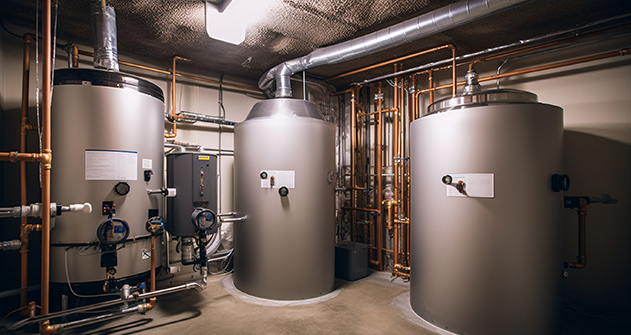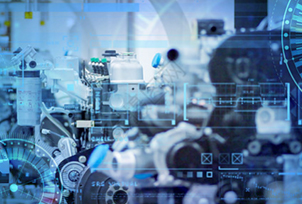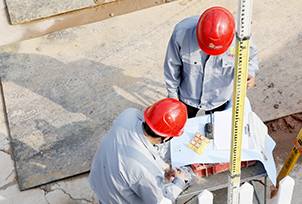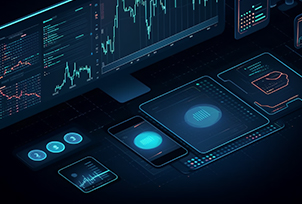Solution for Smart Pump House for Secondary Water Supply
Deeply delving into the field of secondary water supply, based on a deep understanding of the secondary water supply industry, combined with rich experience in project implementation and model engineering, we aim to achieve a truly "standardized, systematic, and turnkey" workflow, ensuring sufficient water supply and stable water pressure, and ensuring the safety and stability of water use for residents. Provide users with customized, tailored, and end-to-end solutions for smart pump rooms for secondary water supply.
contactOverview of the plan

Deeply delving into the field of secondary water supply, based on a deep understanding of the secondary water supply industry, combined with rich experience in project implementation and model engineering, we aim to achieve a truly "standardized, systematic, and turnkey" workflow, ensuring sufficient water supply and stable water pressure, and ensuring the safety and stability of water use for residents. Provide users with customized, tailored, and end-to-end solutions for smart pump rooms for secondary water supply.
Overview of the plan
Unreasonable design
Parameter values rely on "experience" without standards, layout is unreasonable, and operational practicality is not considered
Installation not standardized
There is no professional construction team, the construction process is not up to standard, pipelines are installed randomly, and water leaks
Low level of informatization
Low security level can easily cause safety accidents, lack of installation and maintenance work order process tracking, and inability to accurately collect and analyze operational data
Delayed operation and maintenance
Lack of preventive alarm measures, inability to convey alarm messages, inability of operation and maintenance personnel to determine the fault situation, resulting in inability to solve the problem on site, delayed response and speed of operation and maintenance
Core advantages

Design product standardization
The design parameter values should be combined with actual situations, continuously collecting operational data from operation and maintenance research and information technology data, and establishing a value model. Fully optimize the layout of space to ensure that equipment, water storage facilities, and electrical facilities are relatively independent. Utilize BIM technology, fully consider pipeline layout avoidance and installation of maintenance channels. Strictly control the product production line, 3D laser cutting, robot automatic welding, and unify the fixture to ensure process lean;

Parallel installation and decoration
The design parameter values should be combined with actual situations, continuously collecting operational data from operation and maintenance research and information technology data, and establishing a value model. Fully optimize the layout of space to ensure that equipment, water storage facilities, and electrical facilities are relatively independent. Utilize BIM technology, fully consider pipeline layout avoidance and installation of maintenance channels. Strictly control the product production line, 3D laser cutting, robot automatic welding, and unify the fixture to ensure process lean;

Intelligent data operation
Clarify the top-level design of data collection and analysis, determine the docking protocol and address encoding, visualize the operational data, and then provide easy to understand warning and alarm information. When connecting with data from other platforms, adopt a fully open data communication mode to avoid information silos.

Unmanned operation and maintenance
Operations and maintenance are divided into remote operations and on-site operations. Remote operations and maintenance have preventive measures in terms of time and space. When vulnerable parts reach their service life or there are changes in space, timely warnings are issued, and the progress of work orders is tracked in real time to locate the nearest operations and maintenance engineer for repair. During on-site operation and maintenance, engineers will determine the cause of the fault based on the warning and accurately carry fault resolution tools. After the operation and maintenance are completed, the work order and fault analysis will be backed up and sent to the customer.


